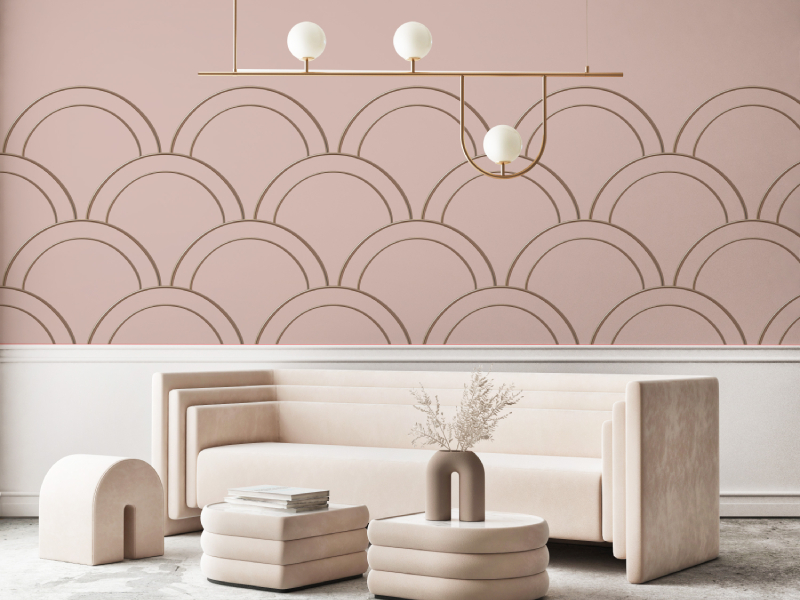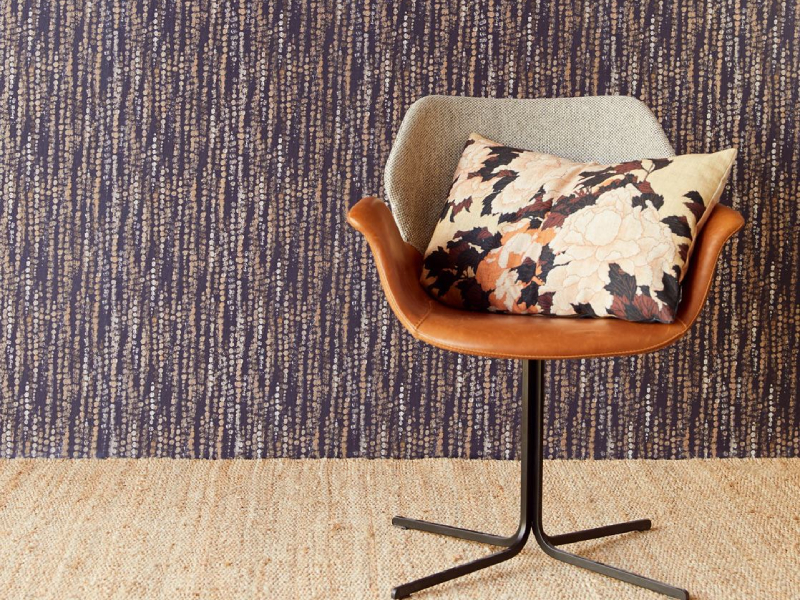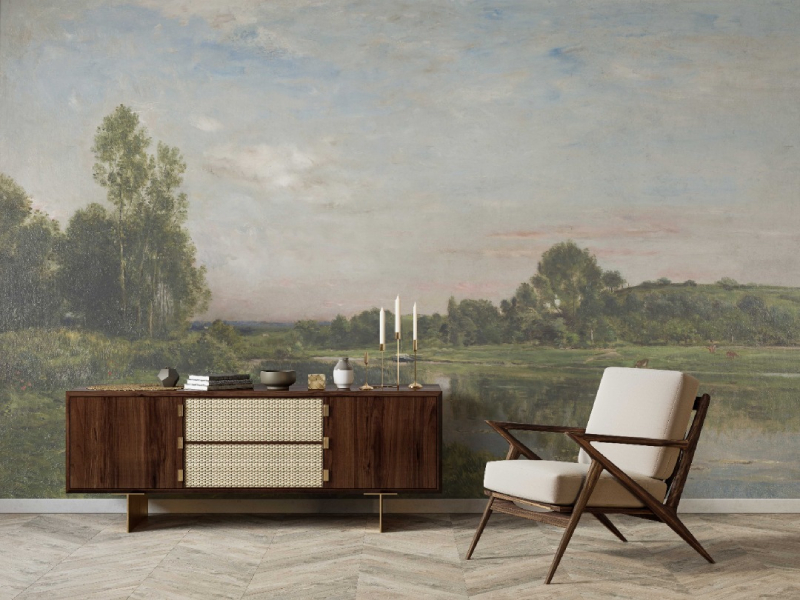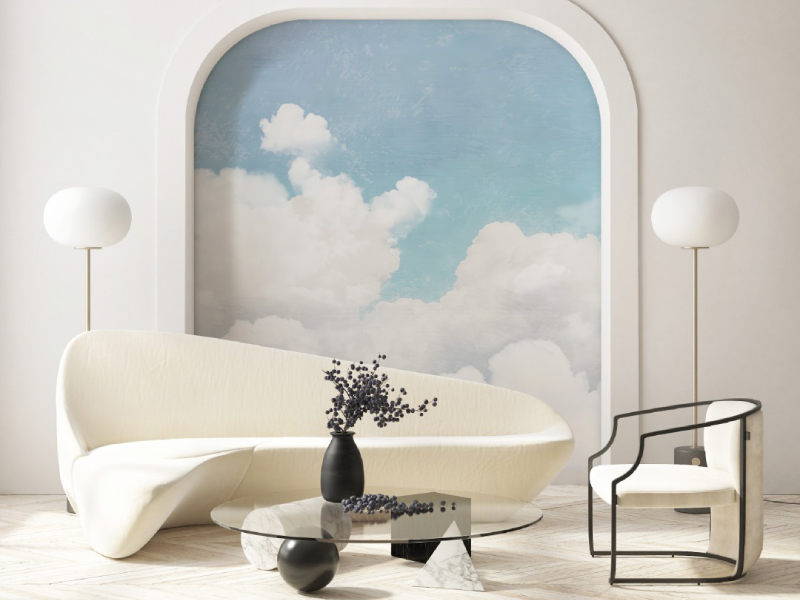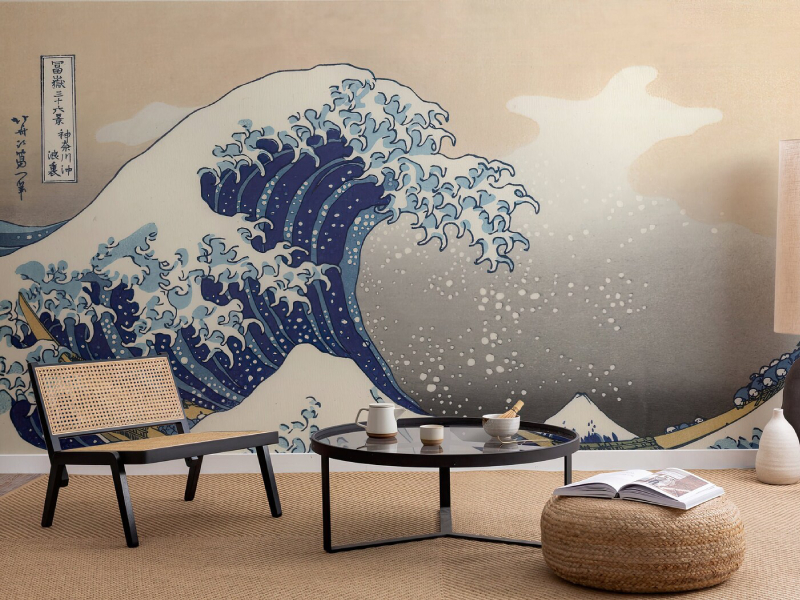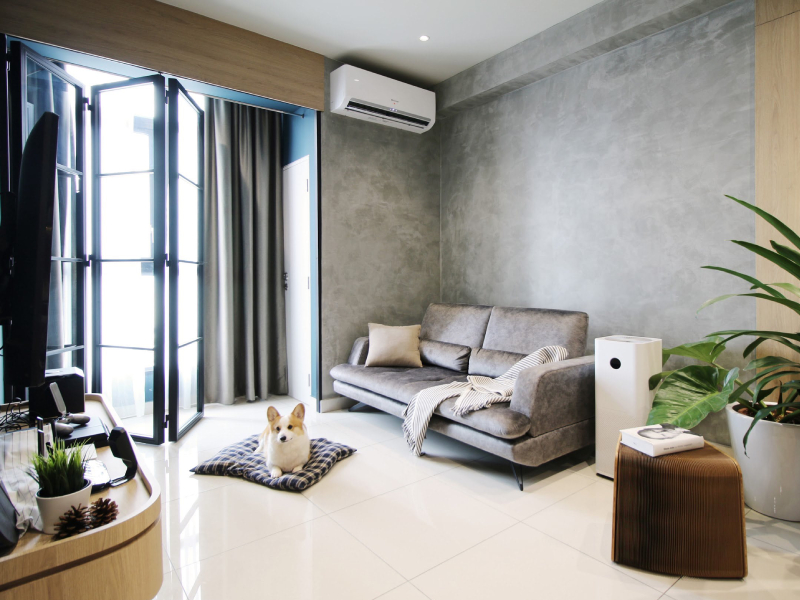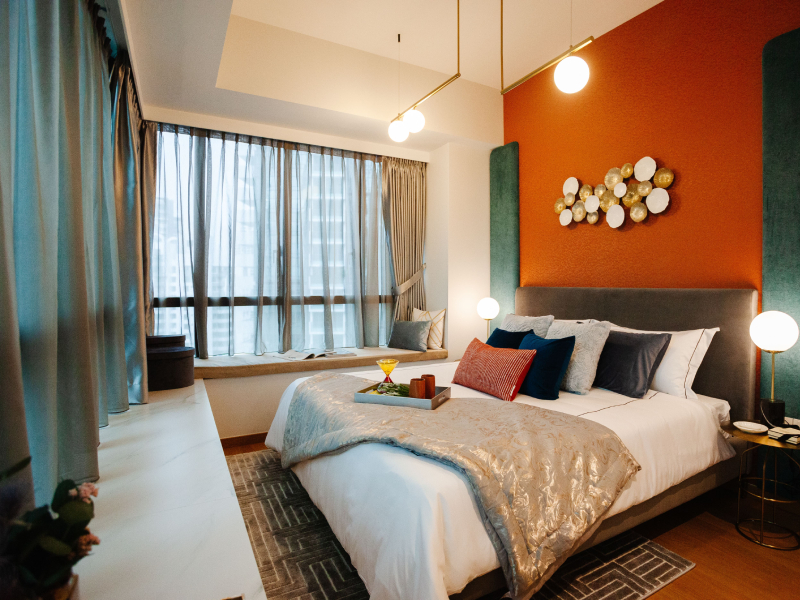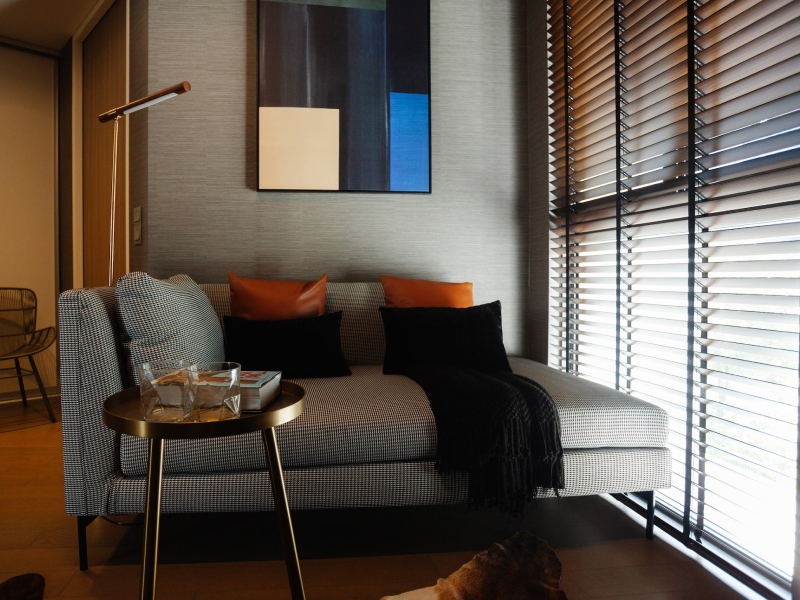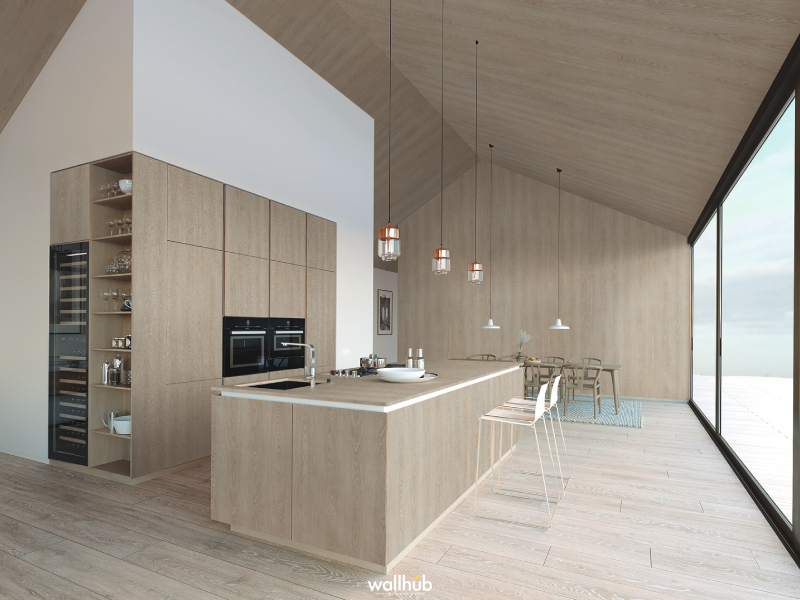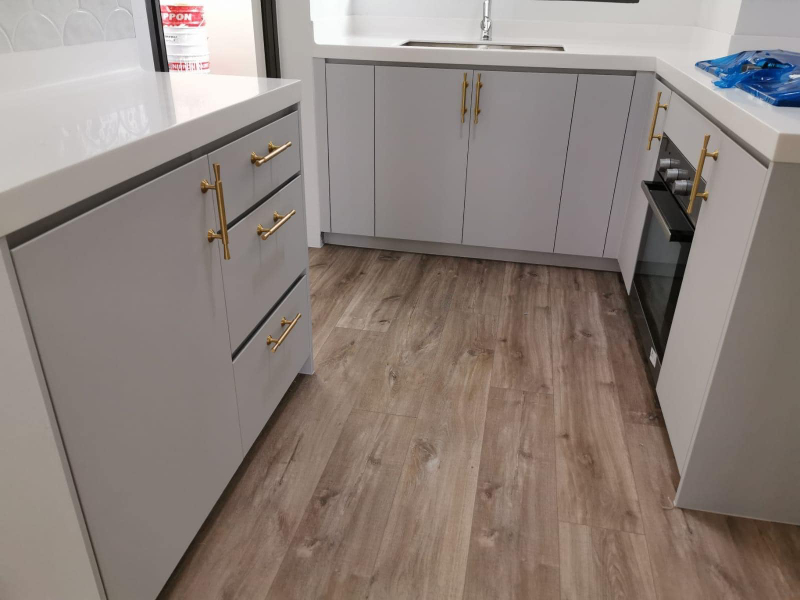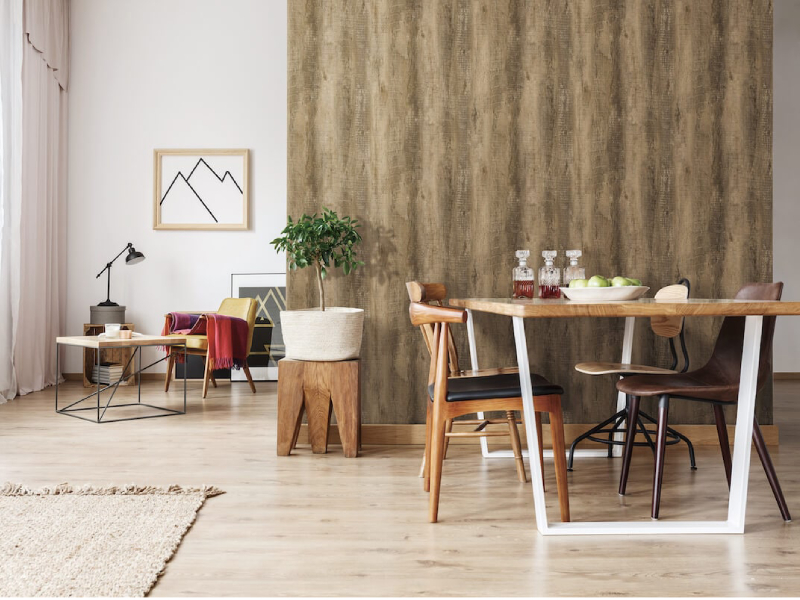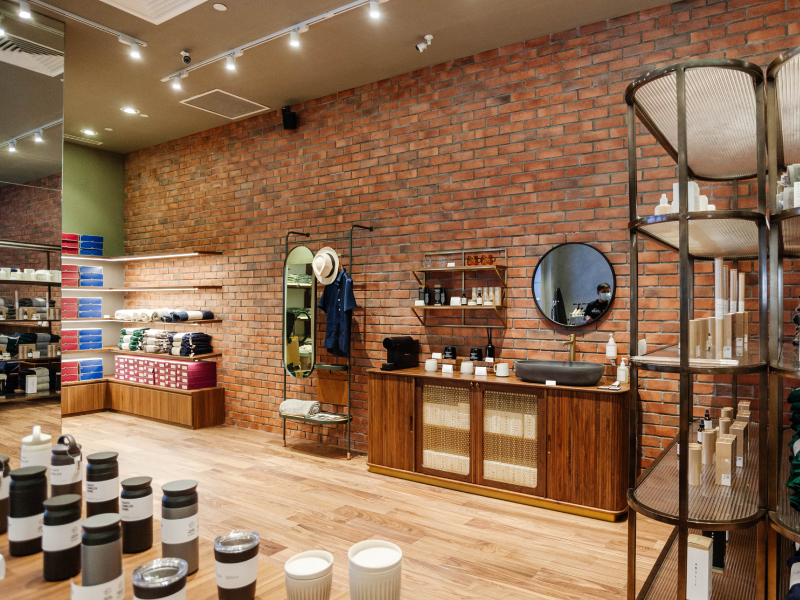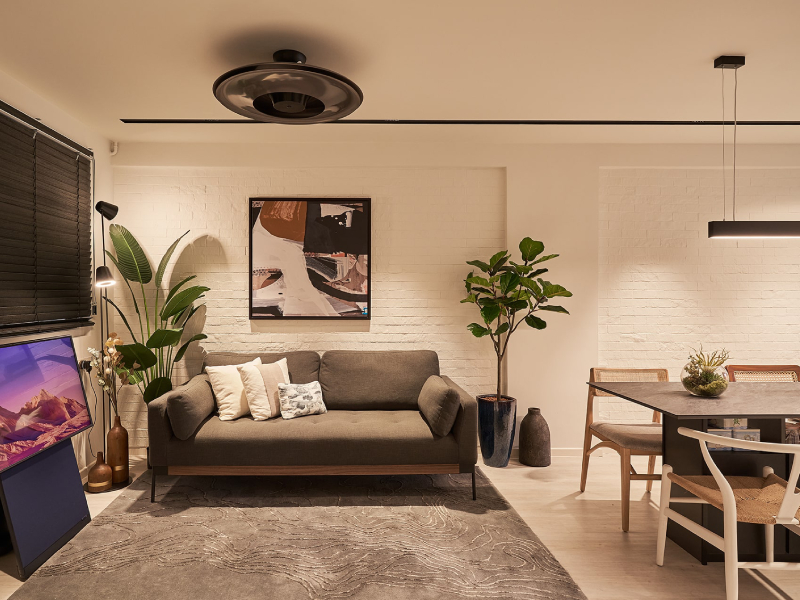Carpet tiles are an excellent option for adding cheerful elegance to your home. They have become a prominent installation project for many home renovators and are usually available in a variety of colours and styles. One of the best characteristics of carpet tiles is that they are very easy to install.
However, carpet tiles are also prone to a number of issues, such as tiles popping up after being installed. The key to preventing this problem is to follow several effective methods, both during and after carpet tile installation. Keep reading as we share some of the most foolproof tips to avoid a carpet tile from popping up after it is installed in your home.
1. Prepare the subfloor
Before the installation, be sure to prepare the subfloor adequately to eliminate all dust and debris that can cause the tiles to pop up. The entire subfloor must be clean with no dirt particles on it. There should also be no material on the floor that could make it uneven or could make it challenging for the adhesive to bond. Sometimes, having a well-ventilated room or a dry floor will help the adhesive stick more tightly.
2. Use adhesive
A variety of adhesives and techniques of using adhesive work for carpet tiles. That being said, the best type of adhesive will depend on the kind of tiles you use. During the installation process, place double-sided tape in a grid on the floor to help ‘lock’ the tiles next to the taped tiles. Make sure that the tape runs along every 3rd or 4th row of tile. You may also utilise releasable adhesives that stick to the corners of the tiles to keep adjacent tiles together.
3. Allow adequate time
After the installation process, allow adequate time for the adhesive to stick on the floor in order to avoid the carpet tile from popping up. Do not add furniture to the room or walk on the tiles right away. If you are using a peel-and-stick adhesive or tiles, let the adhesive stick to the floor for a while. On the other hand, if your tiles require mastic adhesive, give the adhesive some time to dry. You may also utilise a roller to help the tiles get strong adhesion to the floor.
4. Observe proper maintenance
If you have loose tiles, it is necessary to prevent further damage to your floor by being careful when moving furniture. Avoid dragging furniture pieces across the floor, as it may cause more tiles to loosen. You should also refrain from doing anything that could hold the carpet tile’s edge and peel it up. One of the most impressive qualities of floor tiles is how easy it is to remove them. You can simply pull up the tiles that are loose and replace them.
Conclusion
Carpet tiles have many appealing qualities, including ease of installation. However, while carpet tiles are a great option for flooring, they are not immune to issues. One of the most common problems with carpet tiles is that their tiles are prone to popping up from the subfloor after installation. Hopefully, the tips shared in this article have given you some idea on how to prevent or fix this problem effectively.
At Wallhub, we offer the most practical and stylish carpet tiles that can make your residential or office space look more carefree and elegant. As the cherry on top, we also have an experienced in-house team of installers who provide reliable installation services, complete with smooth finishings. Besides carpet tile and vinyl flooring installation, we offer the best wallpapers in Singapore to help create a cohesive colour scheme for your home. Book a consultation with us now to learn more about our products and services.
